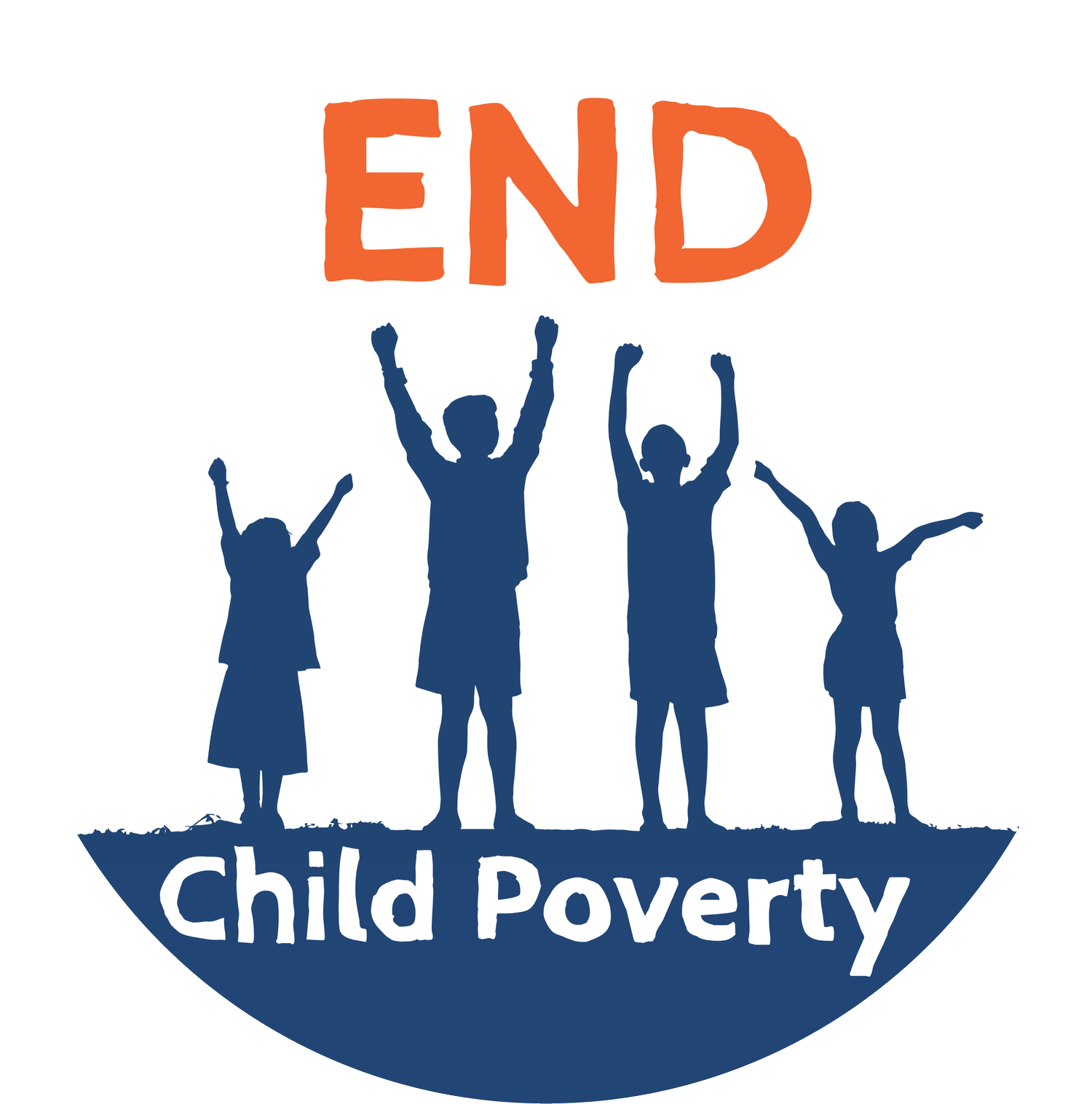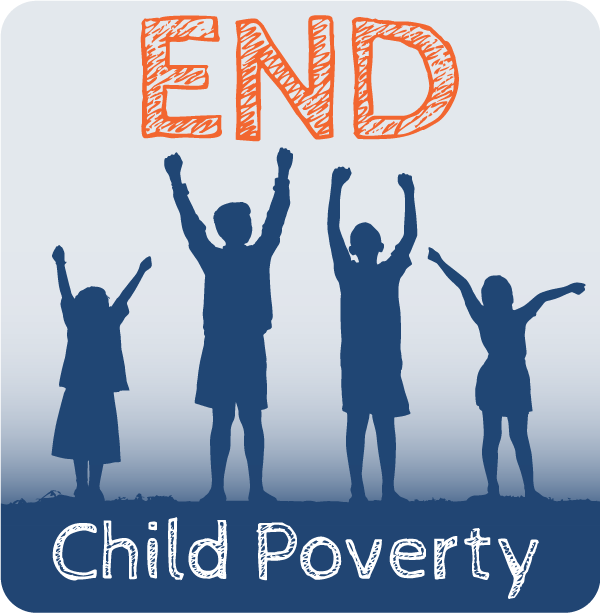
Up to 40% of Australia’s disadvantaged children live outside low-income areas, study finds
Melissa Davey Medical editor
Sat 13 Jul 2024 01.00 AEST Exclusive: Researchers say authorities will miss many kids in disadvantaged households if they only target lower-income areas

Rallying for Change: Public Support Grows to End Child Poverty
We're thrilled to share that we received an email from Robert about his recent publication in The Geelong Independent titled "Child Poverty Letter." Robert's letter, originally penned in May in response to the Federal Budget, has finally been published, highlighting crucial insights on the challenges of child poverty.
You can read Robert's letter on page 6 of The Geelong Independent under the heading "Benefits not enough."

VIDEO: Calls for Australia to introduce poverty line to assess cost-of-living crisis
VIDEO: Calls for Australia to introduce poverty line to assess cost-of-living crisis

Call for Australia to commit to poverty line Presented by Keane Bourke
Call for Australia to commit to poverty line Presented by Keane Bourke
Social services say Australia should follow in New Zealand's footsteps by recognising the effects of poverty on children and passing legislation to measure and eventually resolve the problem.
More Information
Featured:
Josh Patrick, young carer
Laura West, Josh's mother
Tony Pietropiccolo, Centrecare
Greg Jericho, The Australia Institute
Dr Claire Achmad, New Zealand Chief Children's Commissioner
Credits
Keane Bourke, Reporter
Image Details
There are growing calls for Australia to legislate a commitment to end childhood poverty. (ABC News)


New Report Reveals Australians' Strong Stance Against Child Poverty: Here's What You Need to Know
The End Child Poverty campaign has teamed up with the Australia Institute to release new data showing Australians want the Federal government to ensure no child lives in poverty. Four in five Australians (83%) want the Federal Government to regularly measure and report on poverty rates in Australia. An overwhelming majority of Australians (81%) agree that income support payments should be set at a rate that does not cause any child to live in poverty.Australians are highly concerned that Australia has a high child poverty rate compared to other developed countries (69%), and about the effects of this on health and lifespan (83%) as well as education and employment (85%). One in six Australian children (about 761,000 children) live in poverty according to research from ACOSS and UNSW.

Australians Back Action to Track and Address Child Poverty
• Four in five Australians (83%) want the Federal Government to regularly measure and report on poverty rates in Australia.
• An overwhelming majority of Australians (81%) agree that income support payments should be set at a rate that does not cause any child to live in poverty.
• Australians are highly concerned that Australia has a high child poverty rate compared to other developed countries (69%), and about the effects of this on health and lifespan (83%) as well as education and employment (85%).
• One in six Australian children (about 761,000 children) live in poverty according to research from ACOSS and UNSW.
• The OECD finds that Australia’s youth poverty rate is the 13th-highest among member nations, surpassing the UK, Germany and Canada.

Majority of Australians Back Action to Track and Address Child Poverty
MEDIA RELEASE | Friday June 28, 2024
Four in five Australians (83%) want the Federal Government to officially define and measure poverty levels, and for income support payments to be boosted to prevent children from living in poverty, according to new research by the Australia Institute.





MOR Framework
MOR Framework identifies what is needed to end child poverty.
MATERIAL
OPPORTUNITY
RELATIONAL
Developed by the Children’s Policy Centre by Sharon Bessell.

We asked children how they experienced poverty. Here are 6 changes needed now
An eight-year-old boy is often hungry, but knows if he tells his mum, she will eat less herself and go hungry. He hates the thought, so he stays quiet.
An 11-year-old girl knows once rent is paid, there is almost nothing left over, so she tries not to ask for too much. She never takes school excursion notes home in case the cost is too much.
A 10-year-old boy’s dad has been angry since he was injured at work; he can no longer support his family, and awaits compensation. It makes this boy feel sad, but he understands and tries not to add to his dad’s stress.
This is how children have described their experiences of poverty in research I have done over several years.

